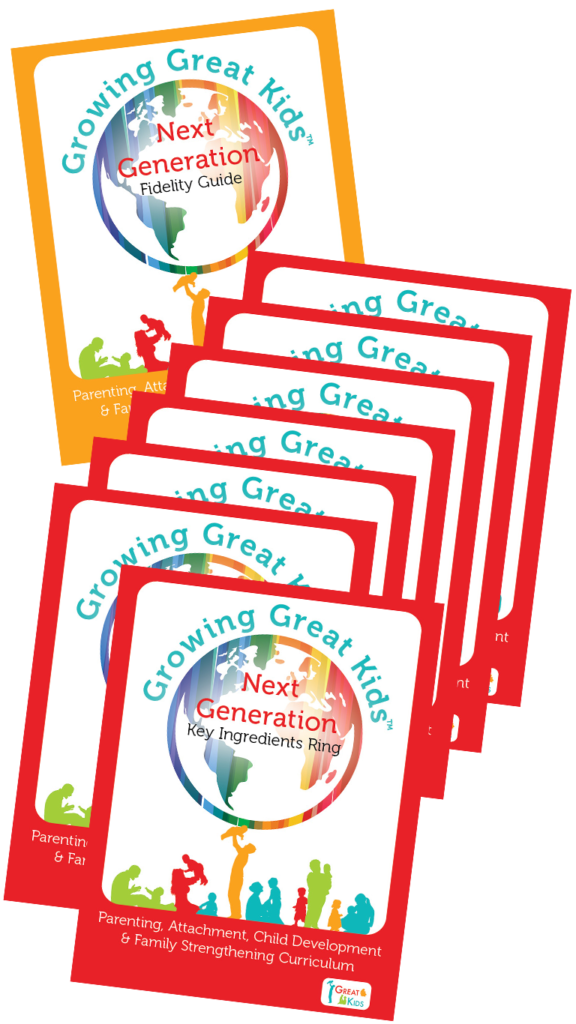In training a few weeks ago, a home visitor shared that her families often express that “they are not doing enough,” and this struck me because I realized I’ve been hearing this sentiment shared a lot lately. Maybe you’ve even had these thoughts yourself:
“Am I doing enough?” “Am I giving enough?” “Can I provide enough?” “Am I enough?”
I think these feelings can be especially present and raw during the holiday season as we are bombarded with images of picture-perfect families in their matching pajamas, elaborate celebrations, and never-ending toy advertisements. It’s hard for any parent to feel like they are enough, but this can be especially true for families that may experience stress related to financial problems, lack of social connections, and health issues. So, what can home visitors do to help normalize these feelings and set parents up for a less stressful holiday season?
First, we need to get to the heart of what “enough” really means. A quick search of the word will tell you that it means “as much or as many as required.” In the context of parenting, what is required? What do we need to help our children grow and develop into healthy, well-adjusted adults?
Research tells us that this can be far simpler and more cost-effective than we may realize! It is not about the house we live in or how many presents our children unwrap; it doesn’t matter if our holiday dinner table seats two or twenty. Being enough is about providing the essential ingredients to help our children feel safe, secure, loved, valued, capable, and curious – because we know when parents do this, it has profound effects on a child’s development well into adulthood.
Home visitors have a unique opportunity to help normalize these feelings and share the importance of a parent’s emotional availability and the impact of engaging in serve and return interactions. According to the Center on the Developing Child at Harvard University,
“Serve and Return interactions shape brain architecture. When an infant or young child babbles, gestures, or cries, and an adult responds appropriately with eye contact, words, or a hug, neural connections are built and strengthened in the child’s brain…[and] when caregivers are sensitive and responsive to a young child’s signals and needs, they provide an environment rich in serve and return responses.”
To practice this, you can help parents and caregivers focus on the Great Kids® Daily Do, Two-Way Talk. This strategy provides step-by-step instructions to engage in serve and return responses. Home visitors can also encourage parents to recenter and refocus their intentions on their child by reflecting on the critical thinking questions provided with the Getting in Sync Attachment Booster.
Child development experts have shared that parent-child attachment is at the heart of what is required for healthy development. For children to flourish, more than anything, they need to form secure bonds with their parents and caregivers. When parents are emotionally available and present for their children and consistently respond to their child’s cues, they provide them the best gift of all. It is truly the gift that keeps on giving. The positive outcomes that these interactions produce extend into adulthood and far beyond the walls of their homes and out into their communities.
So, this holiday season, remind your families that being present is present enough; that their child will not remember the toy but the joy of play and the feeling of safety and security that comes from a parent who lovingly responds to their cues.


